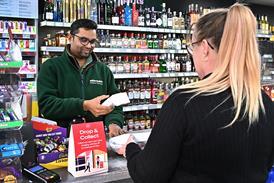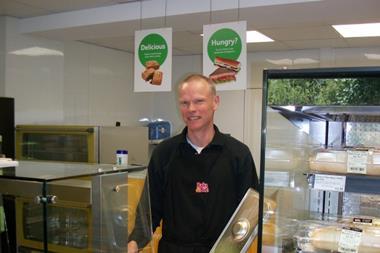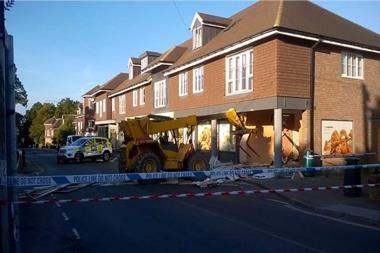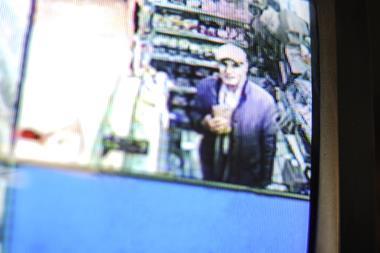ATM ram-raids rising by 22% each year, report reveals

The frequency of ATM ram-raids has increased by an average of 22% each year since 2014, according to a new report from Cardtronics UK.
An increasing number of attacks are occuring in rural areas, Cardtronics said
ALREADY HAVE A REGISTERED USER ACCOUNT? PLEASE LOG IN HERE
To read the full story join the ConvenienceStore.co.uk community today!
Registration is quick and easy and provides access to:
- Unlimited ConvenienceStore.co.uk articles
- Our great range of newsletters
- Content you’ve saved for later via the ‘my library’ feature
And much more…































